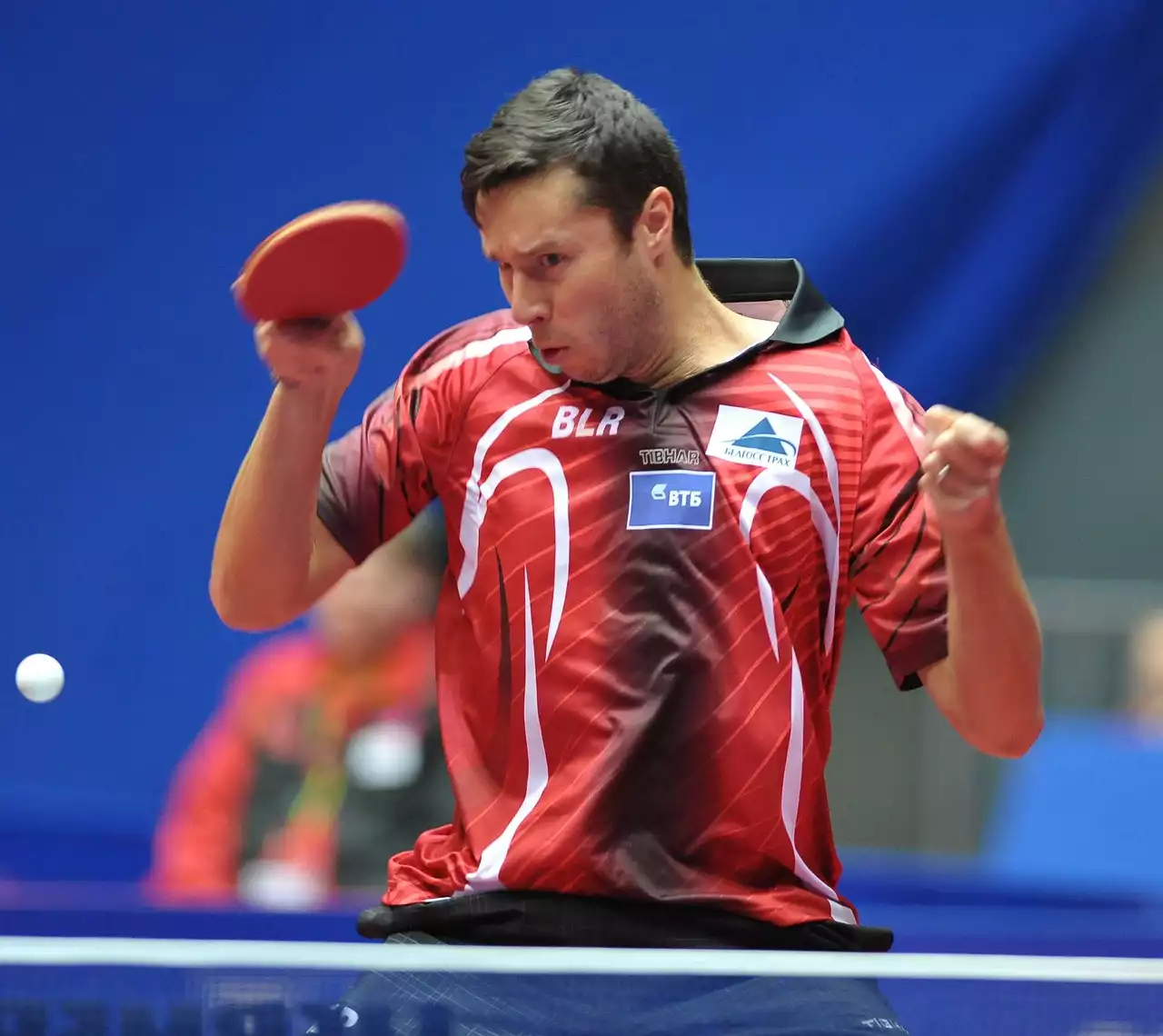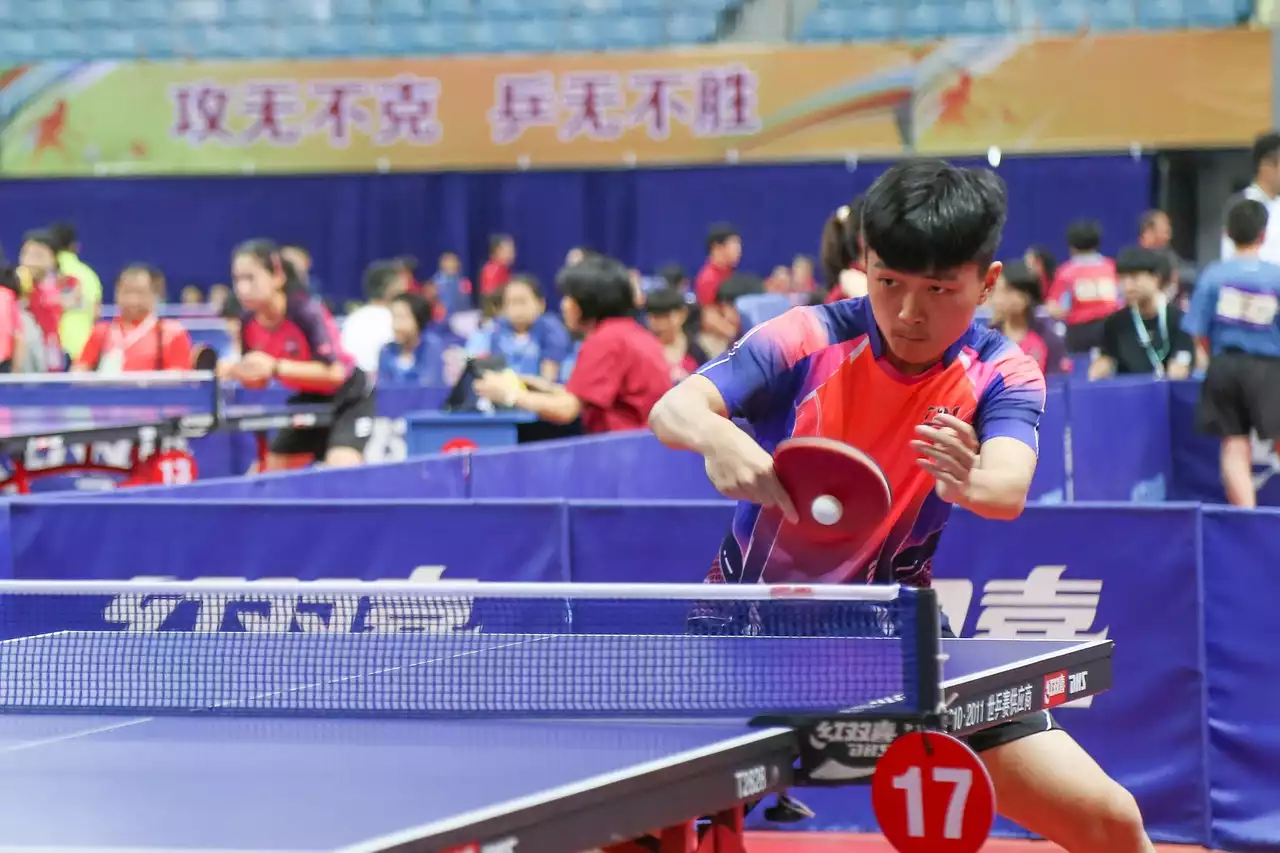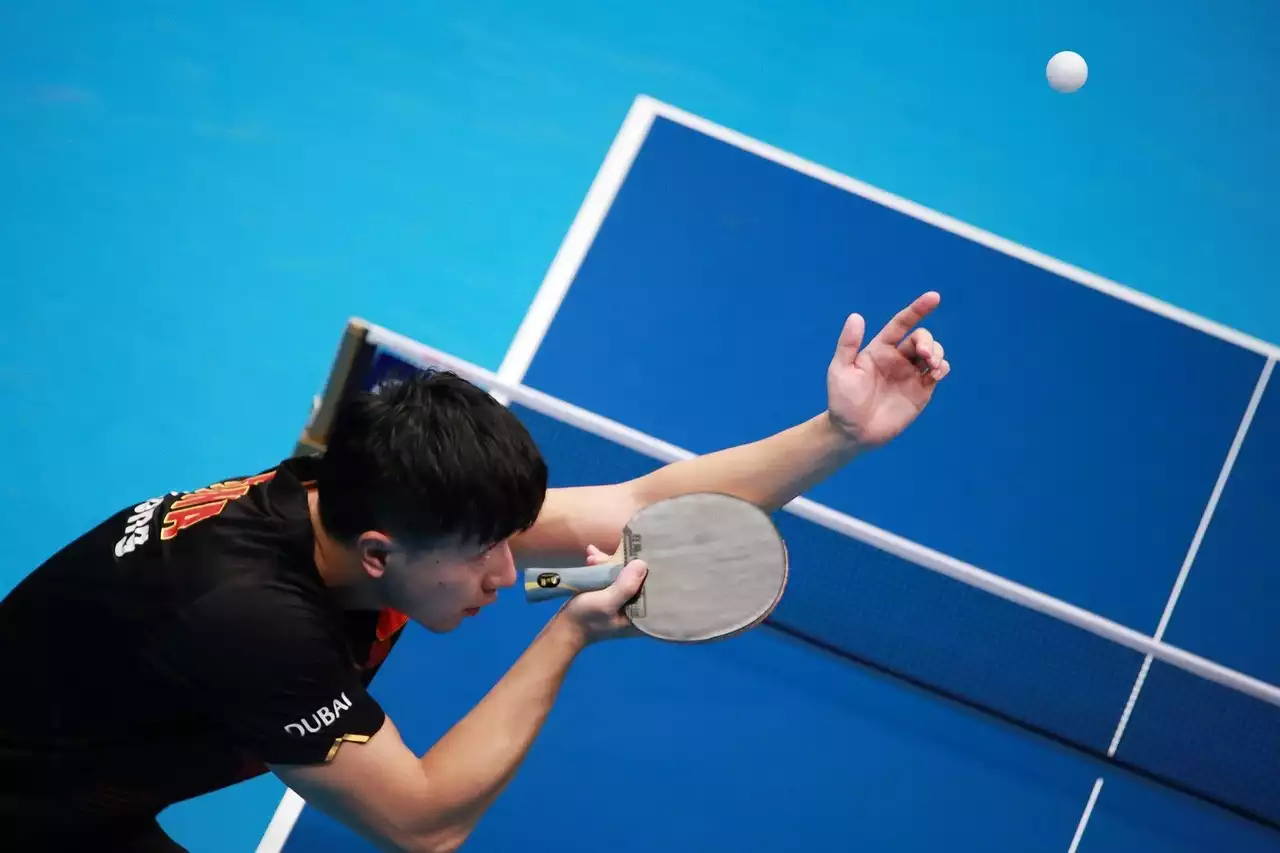Growth and popularity of table tennis leagues worldwide
Table tennis leagues have experienced tremendous growth and popularity worldwide in recent years. The rise of international leagues such as the ITTF World Table Tennis Championships and the T2 Diamond Table Tennis League has contributed significantly to the sport's global appeal. These leagues attract top-ranked players from around the world, creating a platform for intense competition and showcasing the highest level of table tennis skills.
One of the key factors driving the growth of table tennis leagues is the increasing accessibility of the sport. With the rise of online streaming platforms and social media, fans can now easily follow their favorite players and matches from anywhere in the world. This accessibility has not only attracted new fans but has also allowed existing fans to engage more deeply with the sport.
Another aspect that has contributed to the popularity of table tennis leagues is the thrilling nature of the matches. With its lightning-fast rallies and strategic gameplay, table tennis provides an exhilarating viewing experience. The intensity and athleticism displayed by the players, combined with the precision and finesse required to excel in the sport, make table tennis a truly captivating spectacle.
The growth of table tennis leagues has also been supported by the efforts of international governing bodies such as the International Table Tennis Federation (ITTF). These organizations have worked tirelessly to promote the sport and create opportunities for players to compete at the highest level. Through their initiatives, they have helped elevate table tennis from a recreational activity to a professional sport with a global following.
Global impact of international table tennis leagues on the sport
The impact of international table tennis leagues extends far beyond the sport itself. These leagues have become a platform for cultural exchange, fostering connections between players and fans from different countries and backgrounds. Through international competitions, players have the opportunity to represent their nations and showcase their skills on a global stage. This not only promotes diversity and inclusivity but also helps break down barriers and foster understanding between different cultures.
Furthermore, international table tennis leagues have played a significant role in promoting gender equality in the sport. Traditionally, table tennis has been one of the few sports where women have had equal opportunities to compete and excel. The success of female players such as Ding Ning and Liu Shiwen in international leagues has helped inspire a new generation of female table tennis players, encouraging them to pursue their dreams and break down gender stereotypes.
The economic impact of international table tennis leagues cannot be overlooked either. These leagues attract significant investments from sponsors and broadcasters, contributing to the growth of the sport's commercial sector. The increased exposure and popularity of table tennis have led to lucrative endorsement deals for top players, creating new avenues for revenue generation. Additionally, the tourism industry in host cities and countries benefits from the influx of fans and participants during international table tennis events.
Increased participation and talent development
One of the key benefits of international table tennis leagues is the increased participation and talent development they have facilitated. As the popularity of the sport grows, more people are inspired to take up table tennis and pursue it at a competitive level. This has led to the emergence of new talents from countries that were not traditionally associated with table tennis excellence.
International table tennis leagues have also played a crucial role in talent development by providing a platform for young players to showcase their skills and learn from the best in the world. The exposure to top-level competition and the opportunity to compete against established players has accelerated the development of young talents, enabling them to reach their full potential.
Furthermore, the international nature of these leagues has helped foster a spirit of camaraderie and collaboration among players from different countries. The exchange of ideas and techniques has contributed to the overall improvement in the level of play, pushing players to constantly raise the bar and innovate in their gameplay. This has resulted in a more dynamic and exciting sport, capturing the imagination of fans worldwide.
Economic impact and commercialization of table tennis leagues
The commercialization of table tennis leagues has had a significant impact on the sport's overall growth and development. The increased popularity and global reach of these leagues have attracted significant investments from sponsors and broadcasters, leading to a surge in revenue streams.
Sponsorship deals with major brands, both within and outside the sports industry, have become a common feature of international table tennis leagues. These partnerships not only provide financial support for the leagues but also contribute to their marketing and promotion efforts. The visibility and exposure gained through sponsorships help raise the profile of the sport and attract new fans and participants.
Broadcasting rights have also become a valuable asset for table tennis leagues. Major broadcasters around the world vie for the rights to televise matches and tournaments, recognizing the growing demand for table tennis content. The global reach of these broadcasts allows fans from different countries to follow their favorite players and teams, further fueling the sport's popularity.
The commercialization of table tennis leagues has also led to the development of new revenue streams within the sport. Merchandise sales, ticketing, and licensing agreements have become important sources of income for leagues and teams. The sale of table tennis equipment and apparel has seen a significant boost, with fans eager to emulate their favorite players and engage with the sport on a personal level.
Cultural exchange and diplomacy through international table tennis leagues
Table tennis has long been recognized as a sport that transcends borders and brings people together. International table tennis leagues have been instrumental in fostering cultural exchange and diplomacy between nations. The sport has been used as a platform for dialogue and understanding, helping to bridge gaps and build connections between different cultures.
Ping-pong diplomacy, a term coined during the early 1970s, refers to the use of table tennis as a diplomatic tool between countries with strained relations. The exchange of table tennis teams and matches between the United States and China, for example, played a significant role in thawing tensions between the two nations. This historic event showcased the power of sports in promoting peace and understanding.
In recent years, international table tennis leagues have continued to promote cultural exchange through their tournaments and events. Players from different countries come together to compete, share their experiences, and learn from each other. This exchange of ideas and perspectives not only enriches the sport but also contributes to broader cultural understanding and appreciation.
Role of international table tennis leagues in promoting gender equality in the sport
Gender equality in sports has been a long-standing issue, with many sports struggling to provide equal opportunities and recognition for female athletes. Table tennis, however, has been at the forefront of promoting gender equality, and international table tennis leagues have played a significant role in this regard.
Unlike many other sports, table tennis has maintained a balanced representation of male and female players at the professional level. International table tennis leagues showcase the talent and skills of female players alongside their male counterparts, providing equal opportunities for both genders to compete and excel.
The success of female table tennis players in international leagues has shattered gender stereotypes and inspired a new generation of female athletes. The rise of players such as Ding Ning, Li Xiaoxia, and Liu Shiwen has not only elevated the profile of female table tennis but has also challenged traditional notions of what women can achieve in sports.
International table tennis leagues have also implemented initiatives to promote gender equality within the sport. These include equal prize money for male and female players, equal representation in decision-making bodies, and dedicated programs to support the development of female talent. These efforts have not only created a more inclusive and equitable environment for female players but have also set an example for other sports to follow.
Challenges and potential drawbacks of international table tennis leagues
While international table tennis leagues have undoubtedly contributed to the sport's popularity and growth, they also face certain challenges and potential drawbacks. One of the main challenges is the increasing commercialization of the sport, which can sometimes overshadow its core values and spirit.
As table tennis becomes more commercially driven, there is a risk of prioritizing profit over the development and well-being of players. The intense competition and constant pressure to perform at a high level can take a toll on the physical and mental health of athletes. It is important for leagues and governing bodies to strike a balance between commercial success and the welfare of players.
Another challenge is the increasing dominance of certain countries and players in international table tennis leagues. While the rise of superstars has helped attract attention to the sport, it can also create a sense of predictability and lack of diversity. It is crucial for leagues to ensure that opportunities are available for players from all countries and backgrounds to compete and showcase their skills.
Furthermore, the global nature of table tennis leagues presents logistical challenges, particularly in terms of scheduling and travel. The coordination of matches and tournaments across different time zones and continents can be complex and demanding. It is essential for leagues to manage these logistical challenges effectively to ensure a smooth and fair competition.






.png?size=50)


